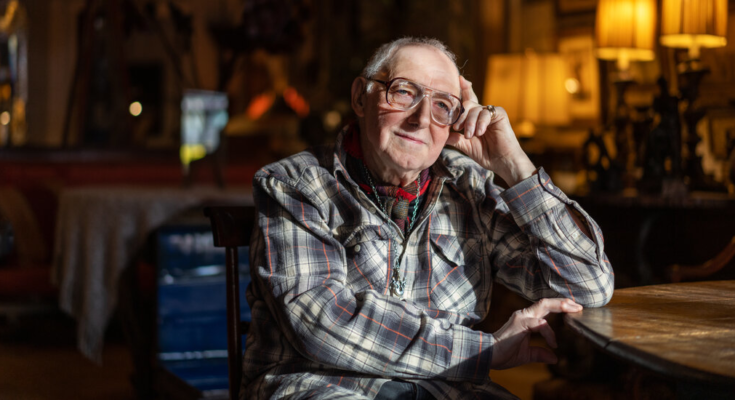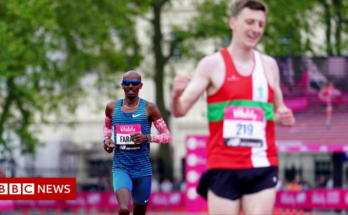While Mr. Warhol sketched using a pad on his knee in front of the television, Mr. Giallo used a light box to produce blotted line drawings. Mr. Warhol’s mother did the lettering and prepared lunches of sandwiches and Campbell’s tomato soup.
At night, they went out. “I didn’t care for the wild parties,” Mr. Giallo said. “But Andy did. Everybody wanted to meet him. But when they did meet him, they were very disappointed because he wouldn’t say anything. He hardly ever talked.” Mr. Giallo preferred jazz and quartet shows — Ella Fitzgerald, Billie Holiday, Ray Charles, Miles Davis — which cost a few dollars per ticket. It was easy, too, to sneak in, though Mr. Giallo swears he never tried.
In the ’50s, he said, people could enjoy the best meal of their lives for $1.85 — the equivalent of roughly $22 today — and walk into Lord & Taylor asking for a reference for “a lighting guy,” only to be connected with Alexander Calder’s best friend. “It was a lot more fun,” Mr. Giallo said. “You could sleep in Central Park without worrying that you were in danger. A lot of people did that on very hot days.”
Mr. Giallo stopped working for Mr. Warhol in 1957, after the two had a falling out. (Mr. Gluck, his replacement, became Mr. Warhol’s most significant assistant.) In 1961, Mr. Giallo opened his first antiques shop, on Third Avenue, where he drew a clientele of Abstract Expressionist painters such as Mark Rothko, Franz Kline and Lee Krasner. “When they bought something, I delivered it to Rothko’s apartment, which was just around the corner,” Mr. Giallo said.
Mary Gabriel, an art historian, noted that those artists often welcomed strangers into their work spaces. “If you wanted to see an artist’s work, you would go to their studio, and you would talk to them,” she said, adding that today, “It pains me to think that people look at a 10-foot painting on the internet.”



